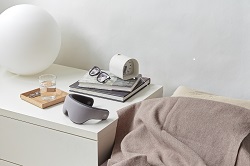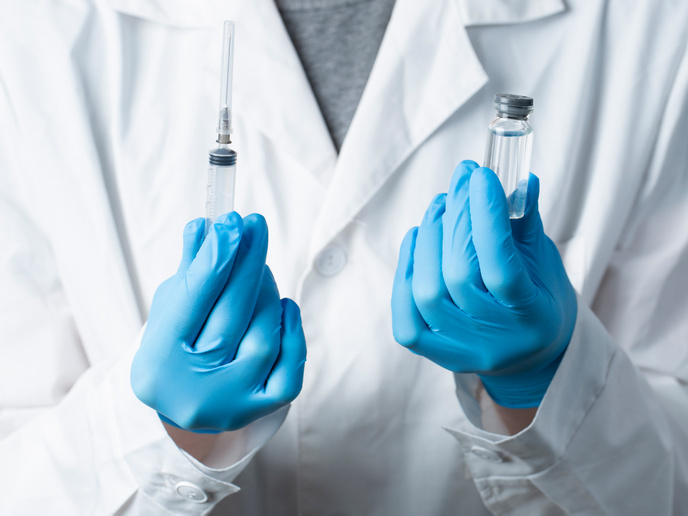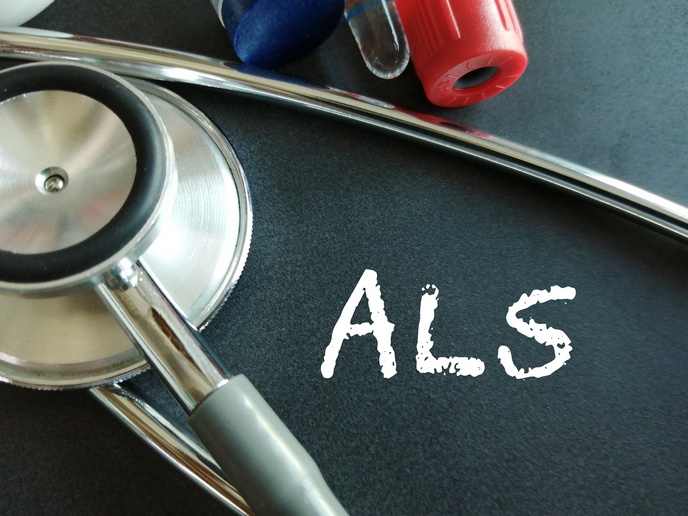Break the pain cycle: Relax, sleep and recover
A motor accident left Richard Hanbury, founder and CEO of Sana Health UK Ltd, a paraplegic in excruciating pain. Doctors gave him five years to live due to severe pain from chronic nerve damage. In collaboration with experts in pain, sleep and flow states, Hanbury started to research flow state technology and develop a smart eye mask to reduce pain and improve healing. Today, some 17 years later, he uses a wheelchair and continues the work – with the help of EU funding under the project Sana(opens in new window). One device - A host of applications “Sana is a neuromodulation device that uses audio visual stimulation and a heart rate variability (HRV) feedback loop customisable for the individual,” Hanbury explains. The mask triggers an increase in neuroplasticity lending itself to applications in areas of mental health through impacted sleep and relaxation levels including sleep disorders, pain management, post-traumatic stress disorder (PTSD), concussion and stroke. The device uses a complex and proprietary pattern of light and sound with a closed loop biofeedback system that balances activity in the two brain hemispheres inducing a flow state. Increasing relaxation, the flow state reduces pain and then may trigger sleep in an average of 10 minutes. Least invasive pain reliever, use anywhere, anytime Advantages of the Sana eye mask are that it is fast-acting, personalised and comfortable with no negative side effects. Long term positive results are that it works cumulatively to normalise nerve pathways and there is no prescription needed. Alternatives to induce this state include the use of opioids. Problems with the use of these drugs include addiction, side effects such as extreme constipation and the threat of overdose. Implantable pain relief devices are prohibitively expensive and sometimes ineffective. Convincing results from trials The Sana project has just completed a study at the Stanford School of Medicine. With 75 subjects, the trial measured subjective changes in relaxation and pain and objective variations in heart rate. Overall, the participants had a doubling of relaxation, a threefold reduction in pain levels and recovery and sleep was improved fivefold. This was a controlled test to look at subjective levels of relaxation and pain reduction, and objective measures of HRV (HFn) changes, measuring the spectrum of power density. Hanbury explains, “We chose HRV (HFn) as our chief metric, because this has been correlated with sleep latency, and sleep quality – essentially the more relaxed you are the higher your HRV (HFn), the faster you go to sleep and the better the quality of your sleep.” In November at Mount Sinai Hospital, a trial will look at 120 subjects (60 using the device and 60 with a sham) with diabetes, stroke or traumatic brain injury, this is designed to be a pivotal FDA study for Sana. Ready and waiting for Sana with financial backing Sana is getting ready for an Over-The-Counter market launch after obtaining Food and Drug Administration (FDA) approval. They have raised over USD 3 million this round. Founders Fund leading, and commitments from HealthTech Capital and three industry angels. Organisations waiting in the wings to collaborate on sleep, pain and PTSD include 20 sports teams, 8 hospitals and 6 military groups. The mask device has won various awards – Under Armour Innovation Sports Tank Award, the Bayer Global Challenge Winner for collaboration and the winner of the Mount Sinai and the Massachusetts Institute of Technology (MIT) Rehab Medicine Challenge. The team believes Sana is a powerful tool for chronic pain management. Route-to-market is the pivotal FDA trial with Mount Sinai and MIT, then pain clinic and hospital sales. “Sleep and pain management constitute a challenge that no one else is currently trying to solve. The opioid crisis is currently acting to highlight the need for non-drug options in this area,” Hanbury concludes.







